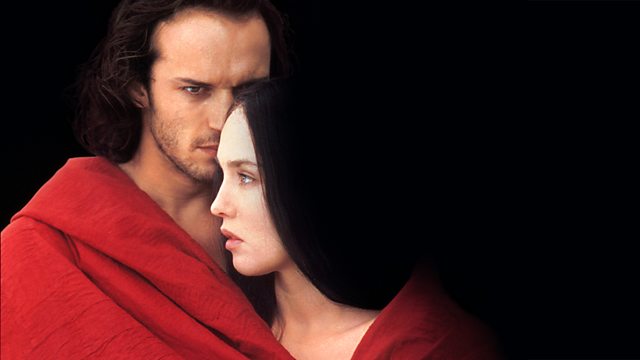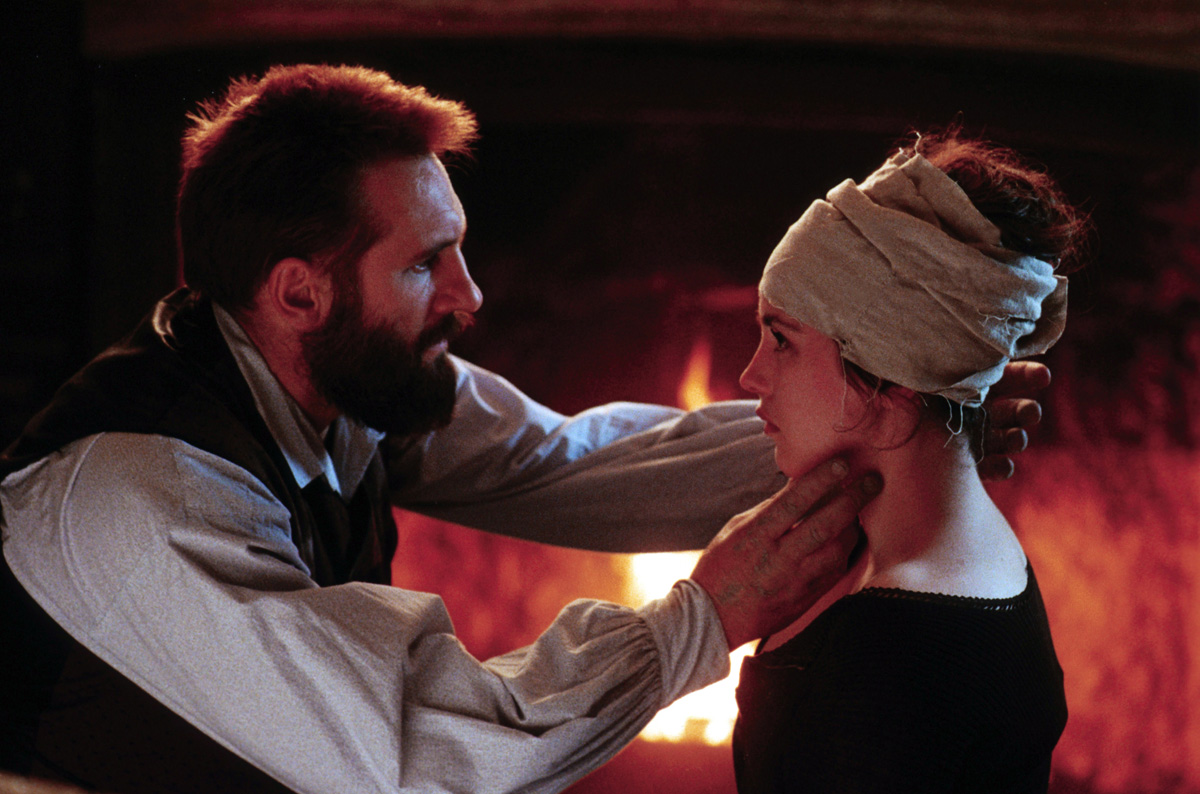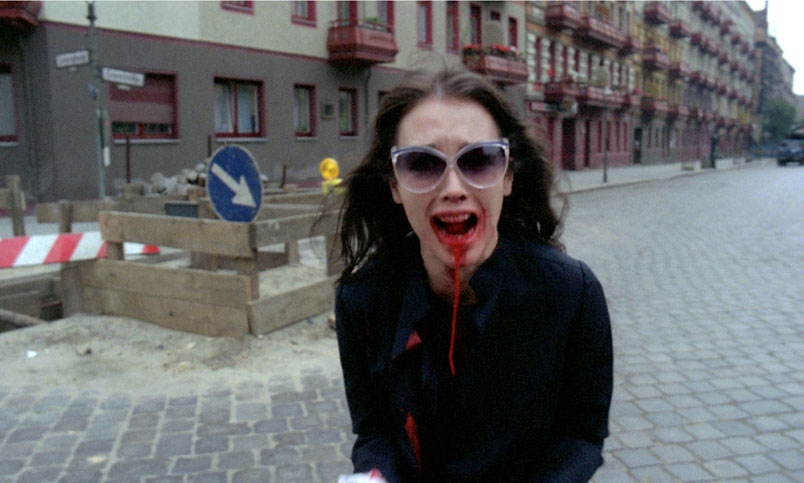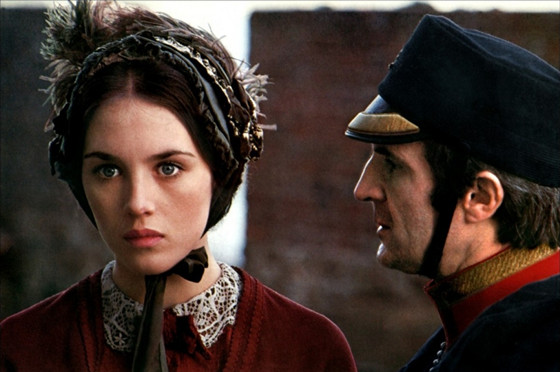4. La Reine Margot

A return to the realm of 19th century literary giants, La Reine Margot is adapted from the historical novel by Alexandre Dumas; a fictitious take on the life of Marguerite de Valois and her love affair with the nobleman Joseph Boniface de la Môle whilst married to future French King Henri de Navarre, set against the backdrop of political upheaval between the Catholics and Huguenots of late 16th Century France.
For her portrayal of a woman of power and influence caught between forces stronger and more cunning still, Adjani received Best Actress accolades from both the César Awards and the Cannes Film Festival.
During a time when period epics experienced a renaissance, pun unintended, La Reine Margot shines bright amongst its contemporaries in no small part thanks to Adjani’s performance; which would be echoed to an extent in the treatment and portrayal of Isabelle de France by Sophie Marceau in Braveheart the following year.
3. Camille Claudel

Camille Claudel is the account of the eponymous, troubled 19th century French sculptor and lover of Auguste Rodin. The film, co-produced by Adjani herself, documents the rise of Claudel’s artistic career from obscurity to relative recognition as well as her turbulent relationship living in the shadow of Rodin; underscored with what could be described as a quintessentially Adjani-esque portrayal of a troubled, stifled spirit.
What makes this performance—which garnered Adjani both another César win and an Oscar nomination—so remarkable is the gradual way in which, as the success of Claudel’s sculpting rises, as does the audacity and boldness of the character.
Essentially, Adjani portrays a woman finding her voice whilst also finding her audience, until she eventually becomes an equal in terms of presence with Gérard Depardieu’s commanding performance of Auguste Rodin who, upon his introduction in the film, is a figure so intimidating and larger-than-life that Claudel is reluctant to greet him at the door.
2. Possession

It is impossible to accurately describe the existential experience that is Andzrej Żuławski’s Possession in a mere paragraph. But in short, the 1981 film is a tale of the erratic behavior and infidelity of Adjani’s character, Anna, accentuated by increasingly surreal, supernatural and terrifying derangement that brings the audience to question the sanity of literally everyone both in the film as well as those involved in its production. And that’s not even stopping to take the inclusion of a tentacled monster into account.
This bleak fever dream of a blend of art and horror cinema features what can only be described as Isabelle Adjani completely unhinged. Borrowing a page from the Jack-Nicholson-in-The-Shining school of mania and scenery chewing, Adjani holds nothing back.
The infamous subway tunnel scene, which manifests itself somewhere between a laughing fit and an exorcism on the hysteria spectrum, could be described as one of the most primal, visceral performances ever captured on film. Indulgent? Perhaps. Provocative? Definitely. But most importantly, it’s downright disturbing, and if the goal of director Andzrej Żuławski was indeed to inflict upon his audience such searing discomfort; Adjani’s performance has served his vision well.
1. The Story of Adèle H

The Story of Adèle H, a role that would typecast Adjani for a great portion of her acting career, is also her greatest performance. The film follows Adèle Hugo, the youngest daughter of 19th century literary titan Victor Hugo, and her obsession over British Military Lieutenant Albert Pinson. This infatuation takes her from living under an alias in Halifax, Nova Scotia; to wandering the streets of Barbados in tattered clothes with her already fragile mental state deteriorating all the while.
A firsthand account of Adèle Hugo during her time in Halifax is provided by local lawyer Robert Morton, who in 1866 met with a client he described as possessing “a Roman nose, jet-black hair inclined to be wavy, and eyes of piercing brightness which would burst into flame at the first touch of passion.” Needless to say, Adjani, who was only 19 during production, embodied these traits impeccably; so much so that—to the uninformed—such a description could just as easily have been thought to be of Isabelle Adjani herself.
It would have been incredibly easy to play the clinically infatuated character of Adèle Hugo as incessantly frantic and turned up to eleven at all times. But it’s the supreme dignity that Adjani grants to a remarkably pitiful character that earns this performance the number one spot on this list.
The Story of Adèle H. is an exercise in restraint. Her performance earned her the Best Actress accolades from the Cartagena Film Festival, the National Board of Review, and the National Society of Film Critics; as well as the New York Film Critics and César and Oscar nominations. However, the most important accolade she received was the respect of her peer; her director François Truffaut, who famously recounted that “[…] her profession is her religion”.
Author Bio: Sam Fraser is a literature-turned-film student at Université de Montréal. He still operates under the illusion that he might one day run into Denis Villeneuve or Xavier Dolan on the métro.